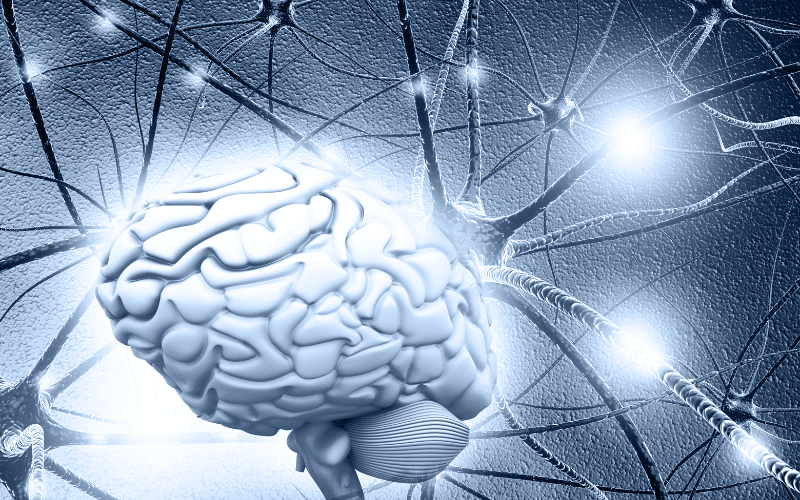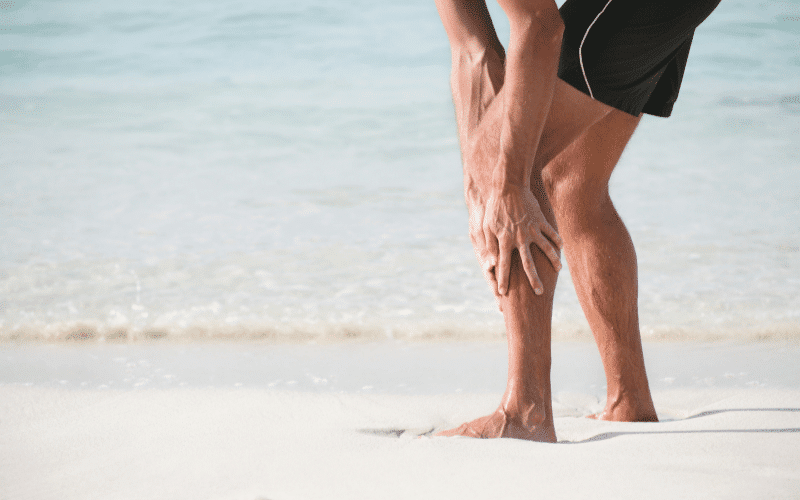Introduction: Stepping into the World of PLS

Primary Lateral Sclerosis (PLS) may not be as widely recognized as some neurodegenerative diseases, but its impact on the lives of those affected is just as significant. This relatively rare disorder, a member of the motor neuron disease family, often leads to progressive weakness in the voluntary muscles.
These muscles encompass a range of bodily functions, from speech to movement, making PLS a life-altering diagnosis. What makes PLS more challenging is the fact that its symptoms often mirror other conditions, leading to potential misdiagnoses. With a heightened understanding of this disease, we aim to make the identification process less daunting.
Today, we delve deep into the intricacies of PLS, particularly focusing on the top 10 symptoms. These indicators can provide pivotal insights for individuals and medical professionals alike, aiding the early identification and management of PLS.
Symptom 1: Difficulty in Walking

When discussing Primary Lateral Sclerosis (PLS), the conversation often begins with mobility issues. The first notable symptom of PLS typically is a growing difficulty with walking. This isn’t an immediate onset but rather a gradual process that becomes more pronounced over time.
Patients report feeling as though their legs are stiff or heavy, resulting in an awkward gait. The once-simple act of traversing a room or ascending a flight of stairs becomes a challenging task. Some describe it as feeling like they’re moving through water – each step requiring excessive effort.
These walking difficulties can often be mistaken for typical signs of aging or dismissed as the result of physical exhaustion. However, in the context of PLS, this is not merely a case of tired legs. Instead, it’s a result of the degeneration of the motor neurons responsible for transmitting signals from the brain to the voluntary muscles in the legs.
When these motor neurons start to deteriorate, they fail to deliver commands effectively, leading to the muscle stiffness and spasms that hinder an individual’s ability to walk smoothly. As a result, an affected person might trip or fall more often, leading to injuries and further complications.
Early recognition of this symptom and seeking professional medical advice can lead to a quicker diagnosis of PLS. While there is no definitive cure, management strategies can be put in place to help patients maintain as much independence and quality of life as possible. (1)